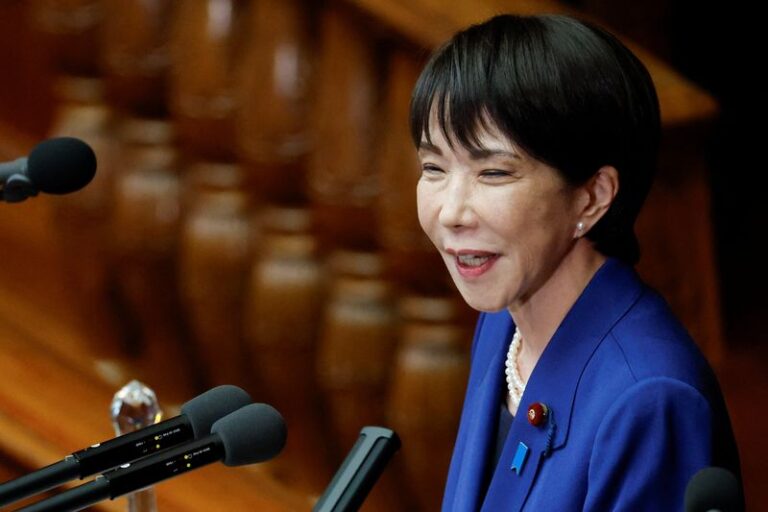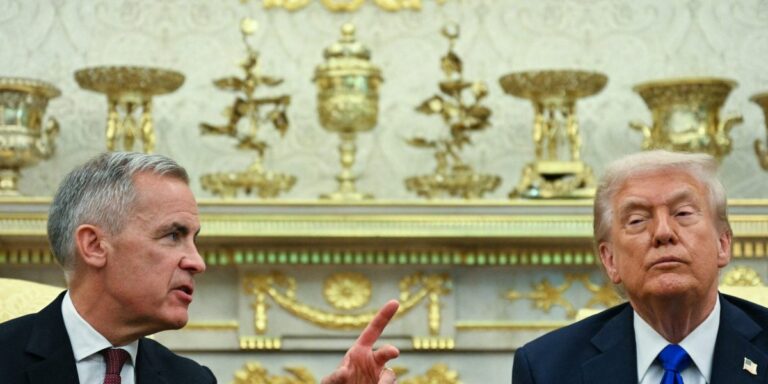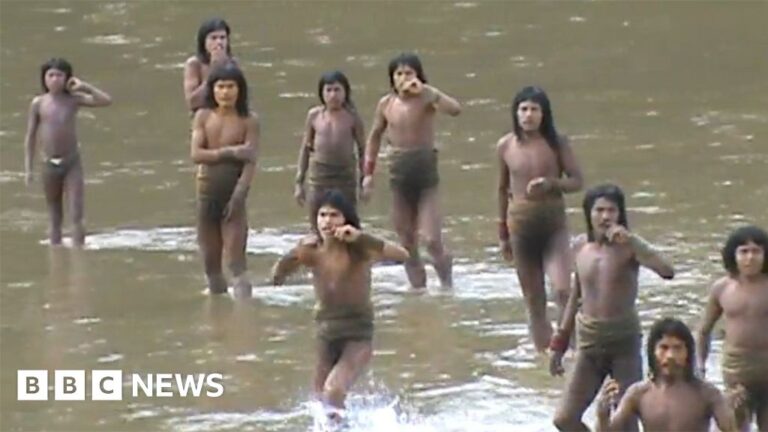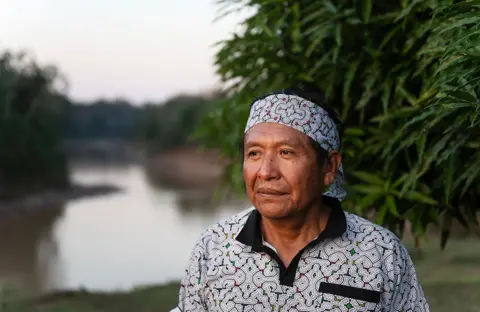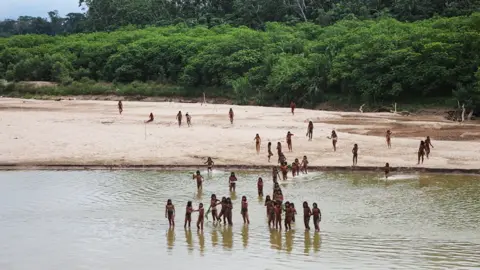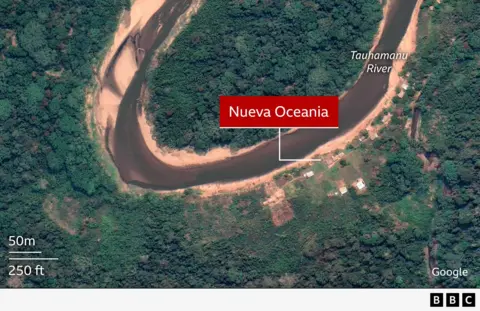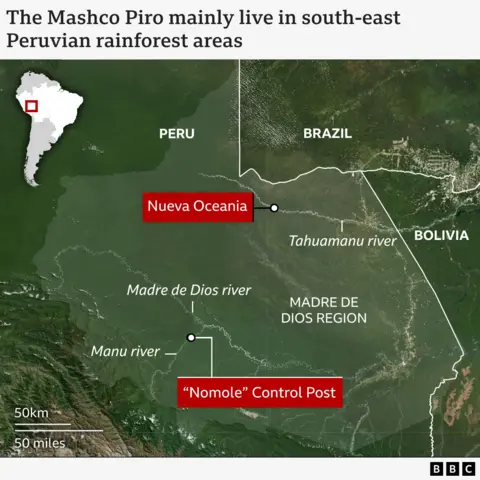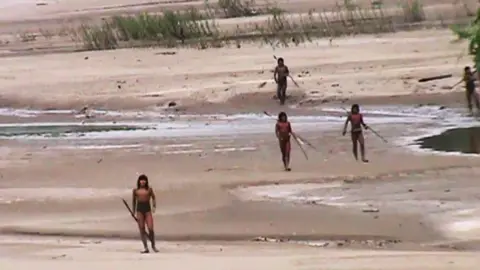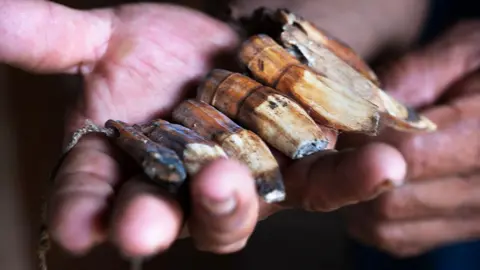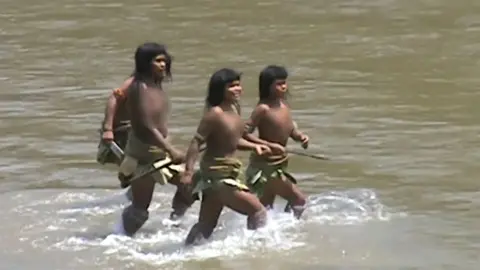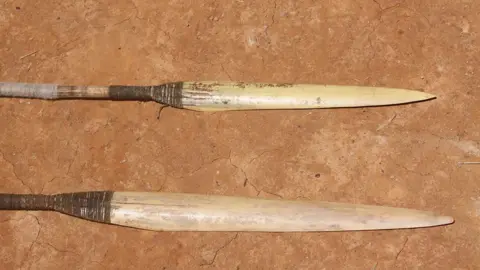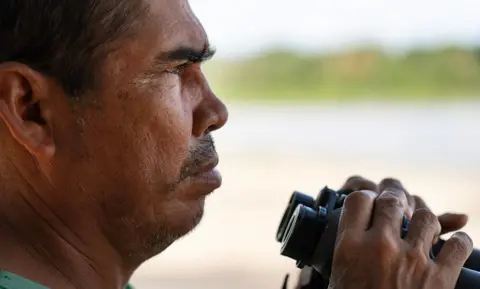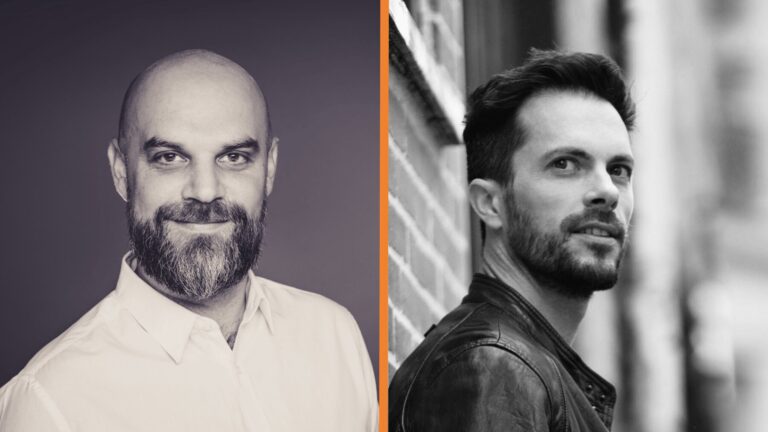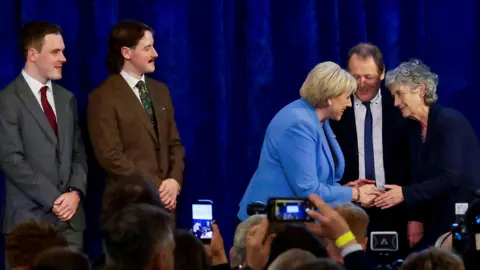Not all concussions are created equal. A new study has revealed nine early warning signs that a mild head injury might linger longer than expected, and why spotting them within hours could change recovery outcomes.
Mild concussion, mild traumatic brain injury (mTBI), is one of the most common reasons people present to the emergency department. Most patients’ symptoms resolve within 30 days. However, for some, they last longer. It can be difficult for health professionals to discern who’ll be affected for longer. Of course, the longer the condition lasts, the more disabling it is for patients.
In a new study led by the Baylor College of Medicine, researchers looked at existing data to identify the factors that patients presented with soon after a mTBI that could be used to predict who was likely to still have symptoms 30 days later.
The researchers analyzed data from HeadSMART II, a large, ongoing, multicenter study designed to find better diagnostic tools for head injury. The data were from 803 adults who came to emergency departments within about 1.5 hours after a mild concussion. Each participant completed the Rivermead Post-Concussion Symptoms Questionnaire (RPQ) at 30 days post-TBI. The RPQ covers physical, cognitive, and emotional symptoms, and the total score can range from zero to 64, with higher scores indicating greater severity. Patients who reported moderate or worse problems (a score >11) were classified as having persistent symptoms. Using logistic regression, the researchers identified factors that increased the odds of persistent symptoms.
Overall, about 29% of patients still had symptoms after 30 days. The study identified nine key factors significantly linked with lingering concussion symptoms:
- Female sex. Women were twice as likely to have persistent symptoms.
- Higher body mass index (BMI). Each increase in BMI slightly raised the risk of persistent symptoms.
- Mechanism of injury. Traumatic brain injuries caused by falls, vehicular crashes, and abuse/assault all carried more than double the risk compared with sports injuries.
- History of headache or migraines.
- History of depression.
- History of anxiety.
- Presence of focal neurological deficits. The patient presented with localized problems with brain or nerve function, such as weakness, numbness, trouble speaking, or loss of coordination in a specific part of the body, rather than a general symptom like headache or dizziness.
- Presence of headache at intake.
- Having multiple CT scans performed during the initial evaluation. Having multiple CTs was a marker of greater injury severity or diagnostic uncertainty, meaning doctors suspected more significant trauma and ordered extra imaging to rule out hidden damage. Needing repeated imaging may reflect a more complex or widespread brain injury, even when scans appear normal.
The researchers highlighted some caveats with the study. There was only a 30-day follow-up period; longer-term outcomes weren’t analyzed. They were reliant on patient questionnaires, which may introduce bias. The study didn’t examine treatments or prevention strategies. Although data came from a prospective study, this analysis looked back at existing data. And, the analysis focused on single factors, not complex multivariable or machine learning models (that is planned for future work).
Nonetheless, the findings show that early timing matters. Most patients presented within 90 minutes of injury, and this rapid assessment made it easier to identify early predictors before symptoms evolved. Using these factors can help clinicians flag higher-risk patients early, even before symptoms worsen. Patients with risk factors may improve their recovery outcomes with a specialist referral, education, or early rehabilitation.
The study was published in the journal JAMA Network Open.



